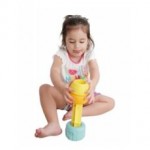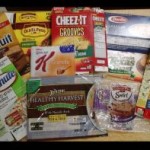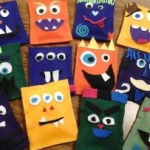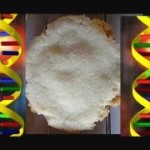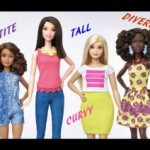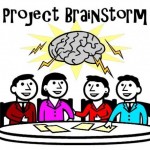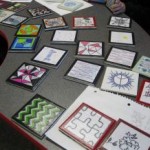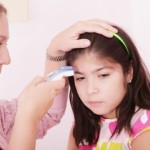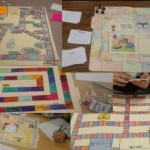
During my unit titled “Off to College”, we talk about a variety of topics related to college living and dorm life. One of these topics includes the “Freshmen 15”. Students always wonder if it’s true and if so, how does it happen. Since students were curious, I decided to let them figure out the answers by having them research the topic and create a game board that incorporated all of the information they learned in a fun, creative and competitive way. Students took turns playing each others games, providing feedback and learning something about the “Freshman 15”!

